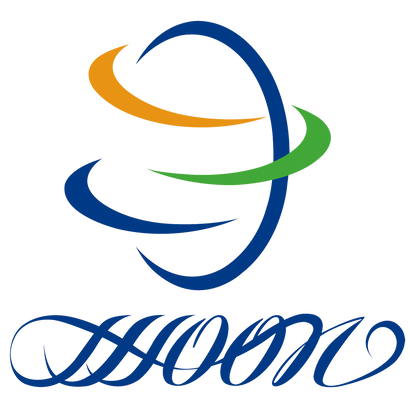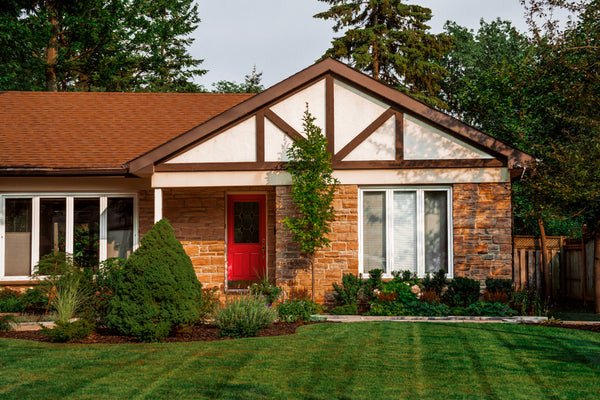Comparison of the advantages and disadvantages of artificial turf and natural turf

However, with the development of science and technology, the production and production technology of artificial turf has been continuously innovated and improved. Today's sixth-generation artificial turf made of open-cell single-fiber filaments is closer to the natural turf in terms of shock absorption ratio, ball rebound rolling, steering value and other site sports indicators, and even has some advantages in some characteristics. In terms of sports safety performance, the improvement of the surface coating and polymerization raw materials of a new generation of artificial grass fiber can effectively reduce the occurrence of sports injuries such as skin scratches and foot contusions. The advantages of artificial turf and natural turf are relatively prominent, and the shortcomings and shortcomings also exist objectively. When choosing to use, they must be considered comprehensively according to the actual situation.
The performance of artificial turf is usually much harder than that of natural turf. The friction coefficient of chemical fiber is often smaller than that of turfgrass. In football, it is caused by excessive speed and high rebound rate. Thereby increasing the difficulty of the athlete's control of the ball.
The advantage of artificial turf relative to the natural turf movement characteristics is that the site uniformity is excellent and the flatness is much better. It can fully avoid the bad situation of the site caused by factors such as climate and maintenance, thus affecting the competition.
The impact of the environment on the air condition Natural turf is composed of green plants. It can absorb carbon dioxide through photosynthesis, physiological activity, and release oxygen. It can absorb toxic gases such as sulfur dioxide, hydrogen fluoride, ammonia and chlorine to purify the air. The role. The natural turf has obvious blocking effect on the dust. The measured data show that the dust concentration in the bare ground is 13 times that of the lawn when the third and fourth winds are scraped. Studies have shown that a 25-square-meter lawn can absorb all the carbon dioxide exhaled by a person and convert it into oxygen to meet the oxygen required by the human body during breathing. Artificial turf is a non-living substance made of polymers such as polyethylene and polypropylene. It can not carry out the metabolic activities of green plants, and it does not have the effect of regulating the balance of carbon and oxygen in the atmosphere. Although artificial turf can block dust to a certain extent, it does not have the function of absorbing toxic gases to purify the atmosphere. In addition, low-tech artificial turf fibers often contain chlorine impurities, which decompose and release chlorine under high temperature and strong sunlight conditions, which impairs air quality.
Impact on climate The bed of natural turf is a sediment mixture with sufficient pores in the structure to accumulate water during irrigation and precipitation and to conserve water. When the climate is hot, the turfgrass absorbs the deep water with the root system, and takes away a lot of heat from the surrounding environment through transpiration, effectively lowering the ground temperature and adjusting the microclimate within a certain range. The flatbed structure of artificial turf is composed of rubber, concrete or asphalt. It can not basically play the role of the water source, so it can not reduce the surface temperature, and its heat capacity is small, resulting in the surface temperature being much higher than the air temperature, especially in the closed stadium. This problem is even more serious. At noon in summer, the air near the surface of the artificial turf field can be observed to have obvious heat distortion. Relevant experimental data show that under high-temperature conditions above 30 °C, the average surface temperature of natural turf is lower than the temperature of 2 ° C to 3 ° C, while the surface temperature of artificial turf is higher than the temperature of 6 ° C to 11 ° C, and with the increase of temperature, artificial The surface temperature of the lawn is increased significantly higher than that of the natural lawn. In the summer, the surface temperature of artificial turf is very high. If the user is subjected to intense friction with it at this time, the skin at the contact site will be seriously injured.
The hay residue produced by the natural turf of the final product is converted into organic matter and returned to the soil under the decomposition of microorganisms in the bed sediment. Finally, the remaining non-toxic and harmless sediment mixture can be added to the organic matter for improvement and used for other purposes.
The main component of artificial turf is polyethylene, which is a non-biodegradable material. After 8 to 10 years of aging, it will form tons of high-polymer waste. Foreign countries generally recover and degrade by professional companies, and then realize the recycling of resources. The domestic foundation can be used as a foundation filling for road engineering. If the site is changed to other uses, the foundation layer constructed of asphalt or concrete should be removed.





